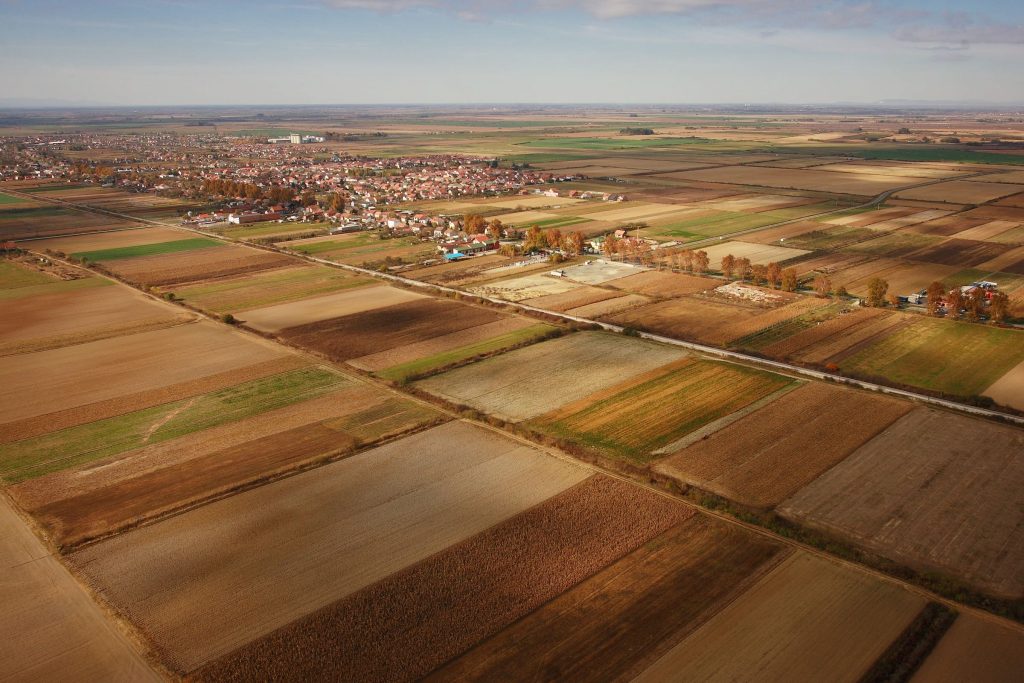July 11, 2023 – The demographic picture of eastern Croatia has not improved. In the last inter-census period, the number of residents decreased from around 800,000 to slightly more than 650,000, the biggest drop among the Croatian regions.
At the conference “Demography in Focus: Research of Local and Regional Perspectives in Eastern Croatia,” Roko Mišetić, vice-rector at the Croatian Catholic University, pointed out that the data on population decline by region showed that 38 percent of the negative migration balance was in eastern Croatia, reports Index.
Various Factors
He said that the drivers are various, from economic to psychological aspects, lack of social activities, or destabilization in the community, adding that such things can be changed in cumulative, small steps.
Local units are used to all measures and ideas coming from the state, offices, or ministries, and funds are provided from the budget. However, many measures are not financially demanding and should come from below, from local communities.
Mayors know the situation in their areas and which activities could positively impact demographic trends. They do not have to require a lot of resources, said Mišetić.
The State Secretary of the Central State Office for Youth Demography, Željka Josić, said several measures are being implemented through various departments. Not a single measure alone will achieve a good result, though.

Two Legal Frameworks Increasing Maternity Benefits in Eastern Croatia
He believes the state cannot influence how many children a family will have, but every family should be offered a quality job, permanent work, and quality services.
Through two legal frameworks, her office has increased maternity benefits and introduced paternity leave. Josić announces that she will increase the child allowance and notes that employment and self-employment policies have proven promising.
The Prefect of Osijek-Baranja, Ivan Anušić, warned of an alarming situation but also assessed that the return of people who left Osijek-Baranja County in the past ten years has begun.
Those who went to Ireland are now returning, finding jobs, and staying here, stressed Anušić. He estimates that between 30 and 40 percent of people who have left this area over the past decade are back.
This, however, is not enough. Anušić sees the organization of the state and the security and protection of man in the legal and every other sense as crucial for demography.











